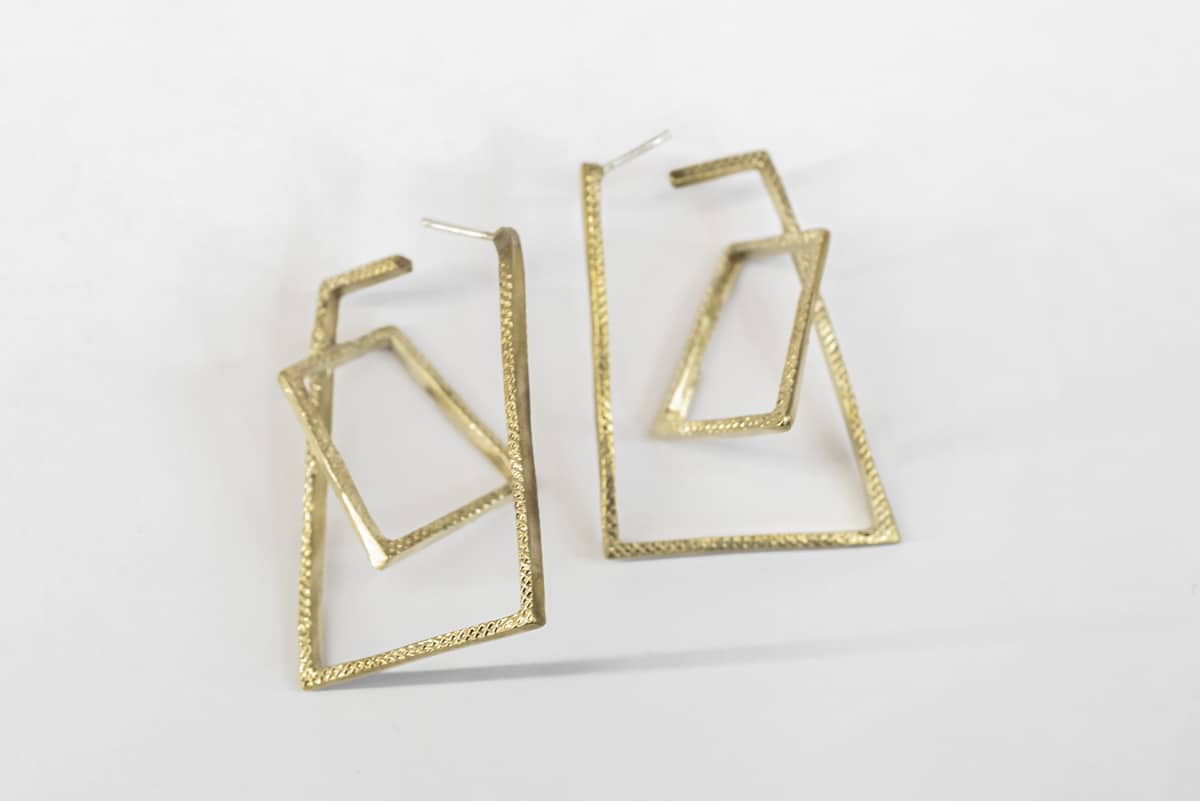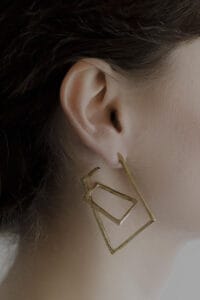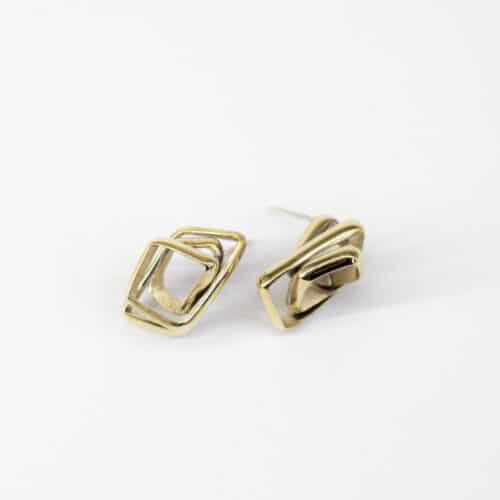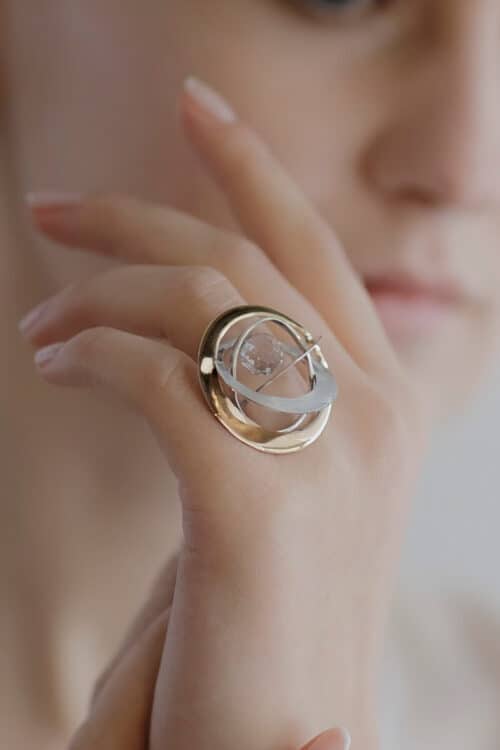Lumina
LUMINA Jewelry: Wearable Art Inspired by the Natural World
Elegant atelier in Monteverde specializes in lost-wax technique in handcrafted jewelry
Spirals of light dance around the high-rising walls of the studio like gusts of fresh air, painting the space in a white-gold that mimics the rows of necklaces resting atop its workbenches like crown jewels. In the curves of dainty silver rings poised next to metalsmith tools, two artists speak their silent protest against artificiality using the language of art.
Lumina Jewelry, bearing a name that, in Latin, represents “brilliant light.” There could not be a better name for the independent Italian studio, which reflects fractions of light in many ways: the gleam of silver and pink bronze, the high-paned windows of the Monteverde Vecchio atelier-slash-classroom, the illuminated personalities of its two founders, Caterina and Sara.



The pair of friends founded Lumina in 2014 after being introduced by a mutual teacher from their prior art history education and have found themselves tied together ever since. The bond that the former art historians have forged translates into an ethereal collection of unique jewelry pieces that mirror the natural landscape of Italy and beyond. Each piece is handcrafted in the heart of Rome, where the pair have resided for their entire lives. Each piece is handcrafted in the heart of Rome, in the historic neighborhood of Monteverde Vecchio.
“We want to express freedom with our objects.”
The studio is one of the only jewelers in Italy that welcomes outsiders. Historically, crafts in Italy have been closely guarded family secrets, passed from one generation to the next. Like troves of treasure, the mysteries of Italian specialty products – such as jewelry, leather, and ceramics – have only been available to those lucky enough to inherit them.
But in today’s rapidly changing world, Lumina recognizes the danger of keeping these techniques guarded completely; that’s why, since its foundation, Lumina has offered classes to amateur goldsmiths. They believe in keeping the tradition alive by opening an array of courses to students who are dedicated to learning this unique craft.






Lumina uses a technique for crafting jewelry called cera persa, or the “lost wax” technique used for creating bronze sculptures. A wax model is made of the original piece, which is used by a special lab to create a plaster cast of the original object. Wax is then melted in the plaster case, leaving behind the shape of the original object. This can be used to replicate the original design as many times as the artist desires. The finished metal is filed and perfected by hand, so that each piece is as refined as possible.
“We want to hand down everything we know.”
Not only does Lumina keep the tradition of cera persa alive, they also pass their knowledge along to budding artists. Courses are offered in-house on the lost wax technique, ensuring a future generation of crafters that can continue the legacy of this intricate and thoughtful method. They are aimed at beginners rather than trained professionals and include instruction on wax casting, soft and hard wax technique, computer aided design, and more.
At Lumina, the person wearing the jewelry is the first consideration. Jewelry is crafted to flow in harmony with the body and highlight its natural beauty. “It’s very important for us, the relationship the jewelry has with the person,” says Sarah. “Our aim is to forge light out of the materials we use.”





































